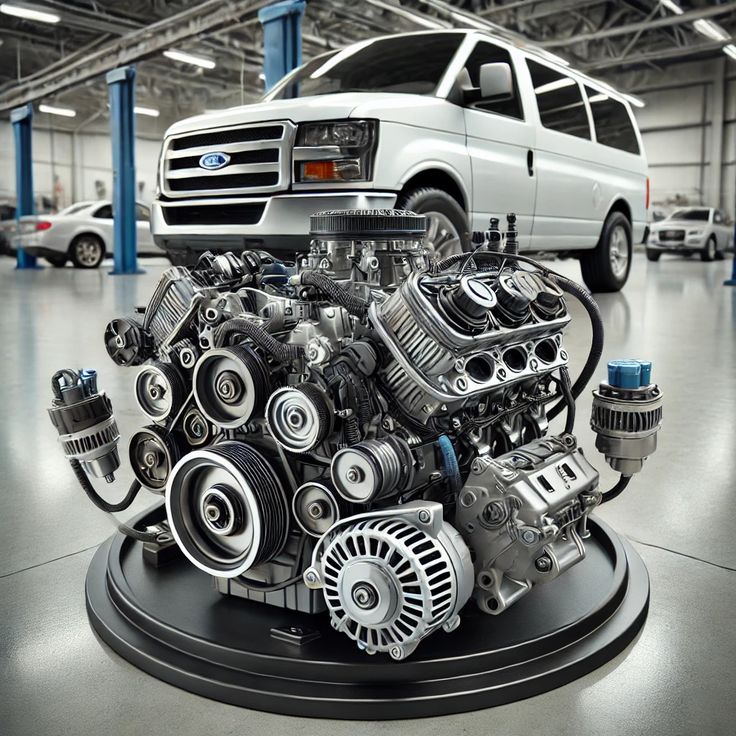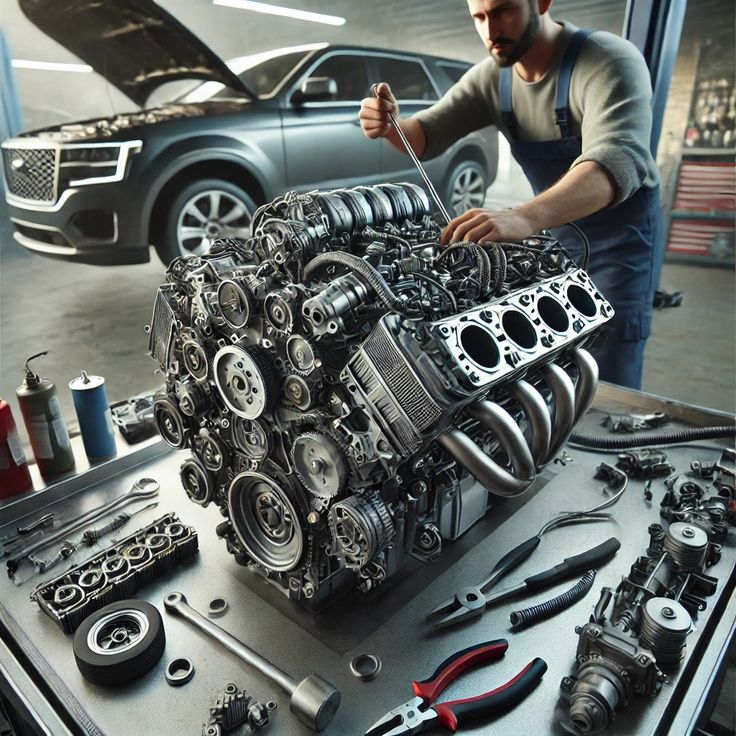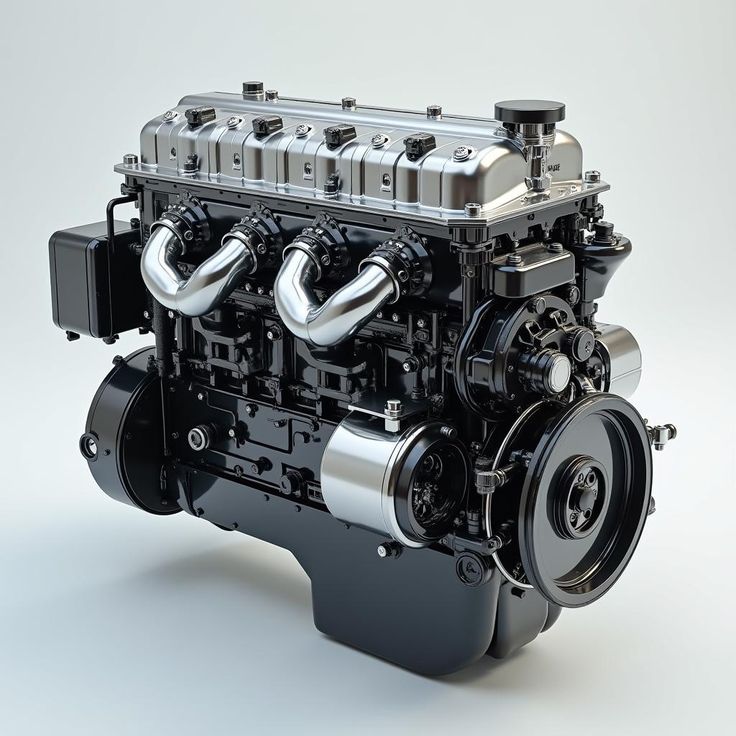Understanding the ‘Engine Power Reduced’ Warning
When your dashboard flashes the ‘engine power reduced’ message, it signals an issue with your car’s performance. What does engine power reduced mean? Typically, this means the car’s Electronic Control Unit (ECU) has detected a problem. As a result, the ECU limits the engine’s power to prevent damage. This safeguard helps to avoid further problems while you seek a remedy.
The warning can stem from various causes, such as sensor malfunctions or a clogged fuel filter. It might also point to more severe issues like a failing transmission. Whatever the cause, it’s vital to pay attention to this alert. Ignoring it can lead to more significant problems or even put your safety at risk.

Once you see the ‘engine power reduced’ warning, it’s best to address the issue promptly. Start with a simple check of all gauges and lights on your dashboard. Then, reduce your driving speed and load. If possible, head to a professional for diagnostic testing.
Typical Triggers for Engine Power Reduction
What does engine power reduced mean? When your car displays the ‘engine power reduced’ message, it could be due to several factors. Understanding these common causes can help you identify the issue faster and get back on the road safely. Here are some typical triggers for engine power reduction:
- Sensor Failures: Vehicles rely on various sensors to monitor performance. A faulty sensor, such as the oxygen sensor or mass airflow sensor, can inaccurately report data to the ECU, triggering a power reduction.
- Clogged Fuel Filter: Fuel filters keep contaminants out of the engine. If they get clogged, fuel flow to the engine becomes restricted, and power is consequently reduced.
- Malfunctioning Throttle Body: The throttle body controls the amount of air entering the engine. When it malfunctions, it disturbs the air-fuel mixture, resulting in decreased engine power.
- Failed Catalytic Converter: A catalytic converter reduces exhaust emissions. A failure here can cause the ECU to limit engine power to prevent damage.
- Transmission Issues: Transmission problems can lead to significant power loss and may activate the ‘engine power reduced’ message.
- Failing Fuel Pump: A fuel pump sends fuel from the tank to the engine. A weak or failing pump can’t maintain the necessary fuel pressure, reducing power.
Prompt attention to these potential issues can save you time and money. It can also keep you safe on the road. If you encounter the ‘engine power reduced’ alert, consider these common causes as your starting point for diagnosis.
Safety Implications of Reduced Engine Power
When the ‘engine power reduced’ message appears, it’s more than just an inconvenience. It points to potential safety concerns that drivers should not ignore. Here are some crucial safety implications associated with reduced engine power:
- Compromised Acceleration: With less power, your car won’t accelerate as quickly. This can be risky when merging onto highways or making critical maneuvers.
- Reduced Speed Control: The ability to maintain or increase speed is vital, especially in emergency situations. Power loss compromises this control.
- Unexpected Stalling: Reduced engine power might lead to engine stalling. This can happen without warning and is especially dangerous in traffic.
- Limited Climbing Capability: When driving uphill, a full-powered engine is necessary. Reduced power could leave you stranded or cause sudden stops.
- Diminished Towing Capacity: If you tow with your vehicle, reduced power means diminished towing capacity, possibly leading to unsafe conditions.

To avoid these dangers, take the ‘engine power reduced’ message seriously. Act promptly to diagnose and fix the underlying issues. Remember, your safety and that of other road users could depend on your quick response to this critical warning.
Steps to Take When You Encounter Engine Power Reduction
When you see the ‘engine power reduced’ warning, here’s what you should do immediately:
- Remain Calm and Safe: Keep your cool. Your safe response matters the most.
- Check Your Dashboard: Look for other warning signs or messages. They can offer clues about what’s wrong.
- Slow Down: Reduce your speed gradually. Avoid sudden stops or maneuvers.
- Pull Over Safely: Find a safe location to stop your car. Turn on your hazard lights to alert other drivers.
- Shut Off the Engine: Turn off your car to prevent potential damage. Wait a few minutes before restarting.
- Restart the Engine: Sometimes, the problem might be temporary. A restart could clear the warning.
- Seek Professional Help: If the message persists, contact a mechanic or get roadside assistance.
- Avoid Driving: Don’t try to drive far with reduced power. This could harm your car and is not safe.
- Tow Service: If necessary, call for a tow to a certified service center.
- Avoid DIY Fixes: If you’re not sure what you’re doing, don’t try to fix it yourself. This could cause more damage.
Remember, your safety and your car’s health depend on how you handle this alert. It’s best to act fast and seek expert assistance.
How to Diagnose the Reduced Engine Power Problem
When your car signals ‘engine power reduced’, diagnosing the issue is critical. First, don’t rush. Take a deep breath and think logically. Now, let’s tackle the problem step by step.
- Read Error Codes: Use an OBD-II scanner to read any error codes. These codes guide you to the problem’s source.
- Inspect Sensors: Check sensors like the oxygen and mass airflow sensors for dirt or damage.
- Check Fuel System: Look at the fuel filter and pump. A clog or failure here can reduce power.
- Examine the Throttle Body: See if the throttle body is clean and functioning properly.
- Evaluate the Catalytic Converter: A blocked converter can cause power issues. Listen for rattling.
- Test the Transmission: Look for signs of transmission trouble. Delayed shifts can be a clue.
- Inspect for Leaks: Air or fuel leaks in the system can also trigger a power reduction.
Each of these steps can point you toward the problem. If the process seems overwhelming, consult a professional. A mechanic can offer a precise diagnosis. Remember, proper diagnosis is key to a reliable fix and your safety on the road.
Potential Repairs to Resolve the ‘Engine Power Reduced’ Message
If your car shows the ‘engine power reduced’ message, you may wonder what repairs are needed. The specific repair depends on the diagnosed issue. But, let’s go over some likely solutions and repairs.
Sensor Replacements
- Identifying Faulty Sensors: During diagnostics, mechanics often identify faulty sensors as the cause of various engine issues. Sensors, such as the oxygen sensor or mass airflow sensor, play crucial roles in monitoring engine performance and optimizing fuel efficiency.
- Impact on Performance: A malfunctioning sensor can lead to poor engine performance, increased emissions, and decreased fuel economy. Therefore, it is essential to address these issues promptly.
- Replacement Process: If diagnostics confirm a faulty sensor, replacing it is usually a straightforward solution. The technician will remove the dysfunctional sensor and install a new one, ensuring that the connections are secure and functioning properly.
Fuel Filter Change
- Role of the Fuel Filter: The fuel filter is responsible for trapping dirt, debris, and contaminants from the fuel before it reaches the engine. Over time, it may become clogged, leading to restricted fuel flow.
- Symptoms of a Clogged Filter: A clogged fuel filter can cause issues such as engine stalling, poor acceleration, and difficulty starting the vehicle. These symptoms indicate a need for maintenance.
- Replacement Procedure: Changing a clogged fuel filter involves draining the fuel system, safely removing the old filter, and installing a new one. Regular replacement of the fuel filter helps ensure optimal fuel flow and engine performance.
Throttle Body Cleaning or Replacement
- Importance of the Throttle Body: The throttle body regulates the amount of air entering the engine, which directly impacts acceleration and overall performance. A malfunctioning throttle body can lead to issues such as erratic idling or reduced power.
- Diagnosis of Malfunction: Symptoms of a malfunctioning throttle body may include delayed acceleration or a check engine light. Mechanics will assess whether cleaning or replacing the throttle body is necessary.
- Cleaning vs. Replacement: Often, a thorough cleaning of the throttle body can resolve issues caused by carbon buildup. However, if the component is severely damaged or worn out, replacing it may be the best option for restoring performance.
Catalytic Converter Repair
- Function of the Catalytic Converter: The catalytic converter is an essential component of the exhaust system, responsible for converting harmful emissions into less toxic substances. It plays a critical role in reducing the vehicle’s environmental impact.
- Identifying Catalytic Converter Issues: If the catalytic converter is determined to be the source of performance problems, it can lead to reduced engine power, poor fuel efficiency, and increased emissions. Symptoms may include a strong rotten egg smell or a significant loss of power.
- Repair or Replacement: Depending on the extent of the damage, the catalytic converter may either be repaired or replaced entirely. A successful repair can restore engine power and efficiency, ensuring compliance with emission standards.
Transmission Work
- Understanding Transmission Issues: Transmission problems can manifest in various ways, including slipping gears, difficulty shifting, or unusual noises. These issues often require the expertise of a transmission specialist for accurate diagnosis and repair.
- Scope of Repairs: Repairs may range from minor adjustments, such as changing the transmission fluid or replacing seals, to major repairs like a full rebuild or replacement of the transmission. The complexity of the repair will depend on the severity of the issue.
- Diagnostic Testing: Specialists use advanced diagnostic tools to assess the transmission’s condition, ensuring that any underlying problems are identified and addressed efficiently.
Fuel Pump Replacement
- Significance of the Fuel Pump: The fuel pump is responsible for delivering fuel from the tank to the engine at the correct pressure. If the pump is failing, it may struggle to maintain the needed fuel pressure for optimal engine performance.
- Signs of a Failing Fuel Pump: Symptoms of a failing fuel pump can include difficulty starting the vehicle, sputtering at high speeds, or a complete loss of power. These indicators signal that immediate attention is required.
- Replacement Process: Replacing a failing fuel pump typically involves accessing the fuel tank to remove the old pump and install a new one. This repair ensures proper fuel delivery, improving engine performance and efficiency.
Each repair should restore your car’s performance and remove the ‘engine power reduced’ alert. Work with a trusted mechanic to ensure your repairs are effective. Remember, accurate diagnosis is crucial for the right fix and safety.
Preventative Measures to Avoid Engine Power Reduction
To prevent the ‘engine power reduced’ message, regular vehicle maintenance is key. Here are steps you can take:
- Regular Sensor Checks: Clean and test sensors often to ensure they’re reporting accurate data to the ECU.
- Fuel Filter Maintenance: Replace fuel filters according to your car’s maintenance schedule to avoid clogs.
- Throttle Body Care: Keep the throttle body clean and check its function during service appointments.
- Monitor Catalytic Converter: Listen for rattles and seek professional checks to prevent failure.
- Transmission Maintenance: Service your transmission regularly and watch for early signs of trouble.
- Fuel Pump Inspection: Ensure the fuel pump is in good condition and provides the correct pressure.
Following these steps can reduce the risk of engine power reduction. Stay current with your car’s service plan. Consult a mechanic if you’re unsure about doing these checks yourself. Remember, prevention is always better than repair.
The Role of Professional Diagnostics in Maintaining Engine Performance
Professional diagnostics play a crucial role in maintaining your vehicle’s engine performance. When facing the ‘engine power reduced’ warning, amateur guesswork is not enough. Here’s how professional diagnostics make a difference:
Expert Analysis
- Utilization of Advanced Tools: Mechanics utilize a wide range of advanced diagnostic tools and technologies to carry out accurate assessments of vehicle issues. These tools can include electronic diagnostic scanners, software programs, and specialized testing devices tailored to various vehicle systems.
- Time and Cost Efficiency: By relying on expert analysis and sophisticated equipment, mechanics can quickly identify issues rather than using trial-and-error methods. This saves both time and money for the vehicle owner, as problems can be diagnosed and addressed more swiftly, preventing unnecessary repairs and minimizing labor costs.
Specialized Equipment
- Precision in Data Collection: The use of diagnostic tools provides precise and detailed data about the vehicle’s performance and condition. These tools can read error codes, monitor various systems, and conduct tests that allow mechanics to interpret data accurately and effectively.
- Identifying Hidden Issues: Unlike amateur methods, which may overlook subtle signs, specialized diagnostic equipment enables mechanics to pinpoint the exact issue within complex systems. This capability ensures that nothing is missed, leading to more accurate repairs and better vehicle performance.
Comprehensive Checks
- Beyond Basic Error Codes: Professional mechanics conduct thorough evaluations that go beyond merely interpreting error codes. They consider a variety of factors, including physical inspection of critical components, fluid levels, and wear and tear, thereby assessing the complete health of the vehicle.
- Holistic Vehicle Assessment: This comprehensive approach means that mechanics can identify underlying problems that may not trigger immediate warning lights, providing a more complete picture of your vehicle’s overall condition.
Tailored Solutions
- Personalized Repair Recommendations: Based on the diagnostics performed, mechanics can provide tailored solutions that address the specific issues identified during the analysis. This might include targeted repairs, part replacements, or adjustments to enhance vehicle performance.
- Expert Insights: Mechanics can also offer advice on immediate actions or future preventative maintenance based on their observations, empowering vehicle owners with knowledge to help prolong the life of their vehicles.
Future Prevention
- Proactive Problem Detection: A thorough diagnostic check allows mechanics to detect potential problems before they escalate into major issues that could trigger warning lights or breakdowns. This foresight is invaluable in maintaining vehicle safety and performance.
- Preventative Maintenance Strategies: By making recommendations for preventative measures, mechanics help owners avoid unexpected repair costs in the future, which can lead to a smoother and more reliable vehicle ownership experience.
Peace of Mind
- Confidence in Vehicle Performance: Knowing that a skilled technician has thoroughly checked your car provides peace of mind and reassurance. Vehicle owners can drive with confidence, knowing that potential issues have been addressed and that their car is in optimal working condition.
- Trust in Expertise: Having professional oversight instills trust in the vehicle’s reliability. Car owners can feel comfortable that they have taken the necessary steps to ensure their vehicle operates safely and efficiently, allowing for more enjoyable driving experiences.
Regular visits to a professional mechanic for diagnostic checks can help avoid the dreaded ‘what does engine power reduced mean’ message. Trusting experts with the right tools and expertise is vital for your car’s well-being. Make sure to include these checks in your maintenance routine to keep your car running smoothly.


